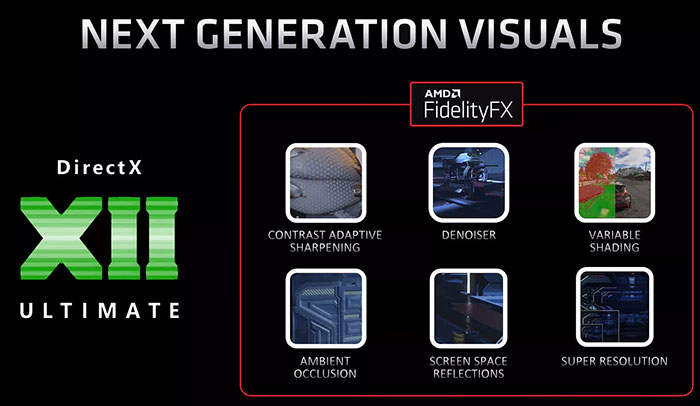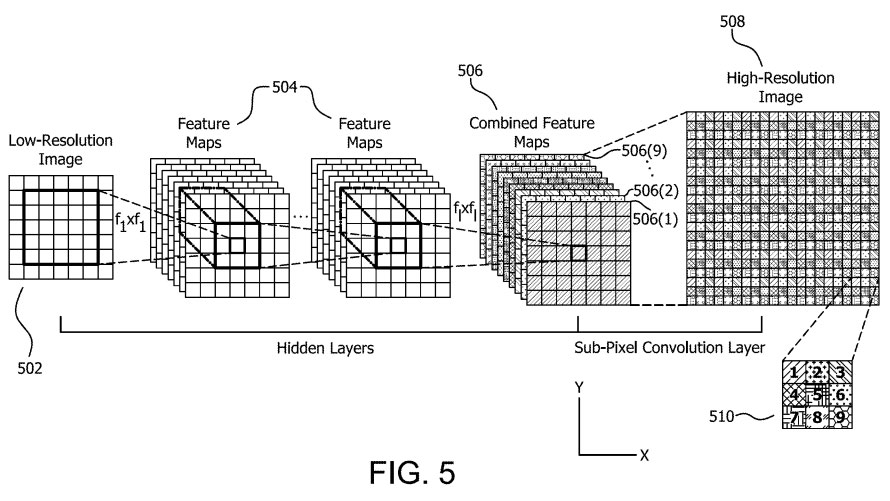
An AMD patent concerning 'Gaming Super Resolution' has been unearthed at the USPTO. The patent document appears to provide the first firm details on the background to AMD's rival technology to Nvidia DLSS, which has been previously referred to in official slides as 'AMD FidelityFX Super Resolution'. AMD super resolution tech is widely abbreviated as 'FSR'.

As Nvidia's momentum with DLSS 2 grows, so do AMD GPU toting gamer cries for a similar technology. AMD's latest RDNA 2 GPUs (Radeon RX 6000 series) which support hardware raytracing might be thin on the ground in the PC space, but they are featured in both the latest Xbox and PlayStation, which could also benefit from better, smoother, faster graphics if FSR lives up to expectations.
With a patent published it indicated that AMD is well beyond the point of deciding on the core operational tech behind FSR, so what does the patent describe? The abstract, or executive summary description, of the patent is as follows:
"A processing device is provided which includes memory and a processor. The processor is configured to receive an input image having a first resolution, generate linear down-sampled versions of the input image by down-sampling the input image via a linear upscaling network and generate non-linear down-sampled versions of the input image by down-sampling the input image via a non-linear upscaling network. The processor is also configured to convert the down-sampled versions of the input image into pixels of an output image having a second resolution higher than the first resolution and provide the output image for display."
That abstract doesn't mention Deep Learning but later in the document AMD confirms that FSR relies on a neural network which uses its trained 'knowledge' of image objects/details to reconstruct images and scenes in higher resolutions. As AMD GPUs don't have the Tensor cores that Nvidia uses to enable DLSS, it instead proposes such processing being flexible – possible to complete on CPU, GPU or other resources. This will help FSR work on PCs, games consoles, mobiles, and even TVs.
 Rumours suggest AMD is going to be making FSR open source and with its console hardware dominance hope to repeat the strategy which enabled FreeSync to largely supplant G-Sync as a variable refresh rate standard for displays. The patent certainly suggests this rumour is true and FSR will at least be cross-platform.
Rumours suggest AMD is going to be making FSR open source and with its console hardware dominance hope to repeat the strategy which enabled FreeSync to largely supplant G-Sync as a variable refresh rate standard for displays. The patent certainly suggests this rumour is true and FSR will at least be cross-platform.

It is good to see AMD's progress with FSR, one might hope it will be officially revealed shortly alongside a roll-out timetable. Of course, seeing the tech in action would be the best assurance of it being a quality response to Nvidia DLSS.

MSI MPG Velox 100R Chassis Review
October 14 2021 | 15:04






Want to comment? Please log in.